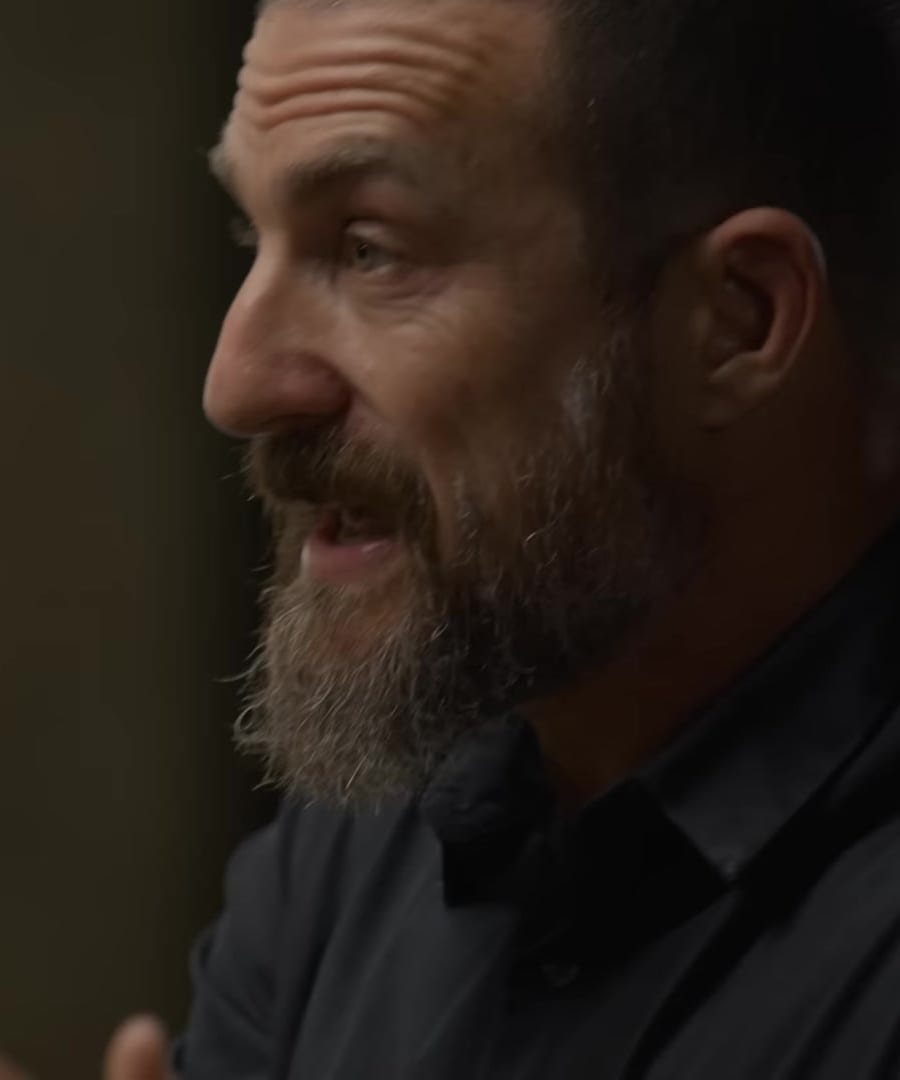Falls
Sources:
Falls, particularly in the context of aging, injuries, and neuroplasticity, are discussed extensively by on the . Here are some key insights:
- Muscle Health and Falls:
- emphasizes the critical role of maintaining muscle health, particularly as we age. Muscle contraction serves as "medicine," utilizing nutrients and preventing diseases. Low muscle mass can lead to osteoporosis, increasing fall risks. Falls often lead to severe consequences, including fractures that can result in long-term inactivity, leading to metabolic derangements and inflammation 1.
- Vestibular System and Neuroplasticity:
- He also discusses the importance of novelty in vestibular motor experiences to promote neuroplasticity. Creating a sense of novelty relative to gravity—through activities that challenge balance and induce slight instability—can enhance learning and neural adaptation. This approach is a safer way to harness the neuroplastic effects of feeling close to falling without actual risk 2.
- Visual Perception and Fear of Falling:
- Human brains are highly tuned to visual inputs, particularly depth of field related to gravity. The inherent fear of falling is deeply rooted in our visual and vestibular systems. This fear can trigger reflexive responses and is tied to the brain's natural mechanisms to prevent falls, illustrating the complex integration of sensory perception and motor control 3.
Incorporating these insights into daily life, especially for elderly individuals, can help mitigate the risks associated with falls and improve overall health and longevity.
RELATED QUESTIONS- Muscle Health and Falls:


